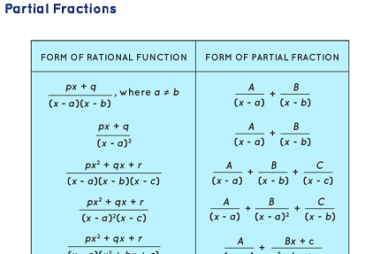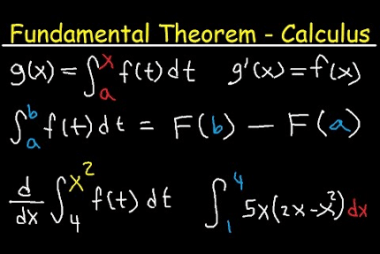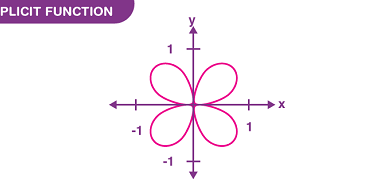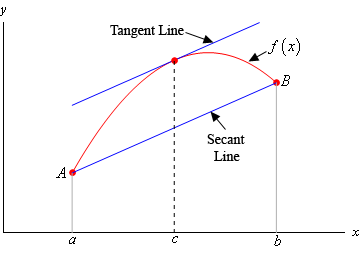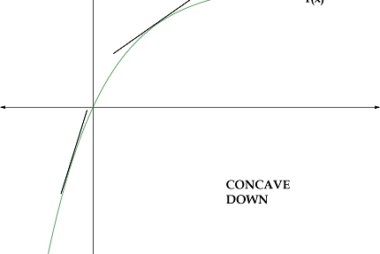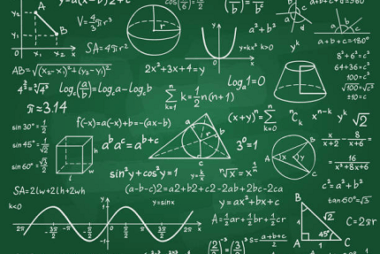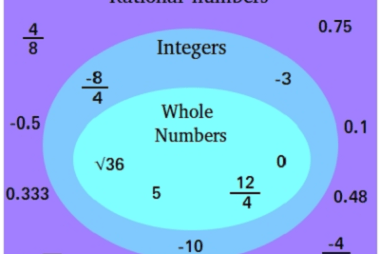Integration by the methods of substitution and partial fractions
Integration by substitution is a technique used to simplify an integral by replacing the variable of integration with a new variable. This new variable is chosen so that the resulting integral becomes easier to evaluate. The basic steps for integration by substitution are as follows: Partial fraction decomposition is a technique used to simplify a…
